I. Introduction
Biaxially oriented film packaging material additives include antistatic agents, slip and anti-blocking agents, hardeners, heat stabilizers, antioxidants, and barrier agents. In the production of BOPP film, depending on the application of the film, additives with different functions, such as antistatic agents, slip agents, blocking agents, reinforcing agents, brighteners, etc., are usually added, but no matter which application BOPP film must be added anti-blocking agent. Otherwise, there will be many problems in the process of winding, slitting, and subsequent use of the film in the production process of the film product, and even use it. In particular, modern plastics processing is moving in the direction of automation, high speed, and high quality. The faster the processing speed, the easier it is to generate static electricity due to friction, and the easier the films are to stick together, seriously impeding high-speed line production. In addition, the higher the transparency of the film, the higher the processing temperature, and the easier the adhesion. Therefore, the anti-blocking agent plays an extremely important role both in the manufacturing process of the film product itself and in the automated packaging process used later. In this sense, anti-blocking agents are the most important additives in the production of BOPP films. This is the main content of this article.
Second, the role of anti-sticking agent
Solve the film adhesion problem The common practice is to add a certain proportion of anti-blocking agent to the surface of the BOPP film. The mechanism is because the anti-blocking agent is incompatible with the polypropylene raw material and has higher melting point than the polypropylene. In the film production process, melt extrusion does not melt. The particle size of the anti-blocking agent is generally 3 to 5 μm, and the thickness of the surface layer of the film is about 1 μm. After the film is formed, these anti-blocking agents form many protrusions on the surface of the film, or have different loose-like irregularities, so that the film The surface becomes rough, and a certain amount of air can remain between the layers, so as to prevent the layers from sticking to each other. Anti-blocking agent on the surface of the film as shown in Figure 1:

Figure 1 Concave and concave shape of the film surface
Third, the choice of anti-blocking agent
As an anti-blocking agent used in BOPP film, there are two major types of inorganic and organic materials, which should meet the following requirements:
(1) Similar refractive index to polypropylene resin;
(2) The particle size of the anti-blocking agent should be suitable for the thickness of the film surface layer;
(3) Can be uniformly dispersed in polypropylene to avoid scratching the film surface:
(4) The hygienic requirements for food packaging should be met.
1, inorganic anti-blocking agent
The inorganic anti-blocking agents that have been used in film products today include diatomaceous earth, talc, calcium carbonate, synthetic silica, and glass beads. Different material properties, not all inorganic anti-blocking agents can be used for BOPP film. Compared with the requirements of packaging performance, talcum powder and calcium carbonate have a great influence on the optical properties of the film, affect the haze, and are not suitable for BOPP film. Diatomaceous earth has high hardness and is easy to scratch the film surface. Application is also limited. Different materials Anti-blocking effects are also different. Figure 2 shows the relationship between blocking force and the amount of blocking agent added:

Figure 2 Relationship between adhesion force and additive amount
Among these inorganic anti-blocking agents, synthetic silica is a very effective anti-blocking agent and its advantages are:
(1) The index of refraction is very similar to that of polypropylene and has little effect on optical performance;
(2) Amorphous structure does not cause silicosis;
(3) High chemical purity, suitable for plastic packaging in the food industry.
Based on these advantages of synthetic silica, so far, the most widely used and widest in BOPP film products.
2, organic anti-blocking agent
Another type of anti-blocking agent used in BOPP films in recent years is an organic anti-blocking agent, typically an organic silicon polymer or methacrylate polymer. This cross-linked polymer particle having a specific structure is mixed with a polypropylene resin and formed on the surface of the film obtained by the orientation stretching to form an overhang having an average height of 60 to 600 nm, thereby acting as a film to prevent blocking. . The advantages of organic anti-blocking agents are:
(1) It has good optics and has little effect on the transparency of the film;
(2) Both have the function of increasing the slip, so that the film has a low coefficient of friction;
(3) The film surface will not be scratched, and the film gloss is high.
The price of organic anti-blocking agents relative to inorganic anti-blocking agents is much higher, generally about 3 to 6 times. Therefore, organic anti-blocking agents are currently used only on high-grade BOPP film products.
Fourth, anti-blocking agent added form
To make the anti-blocking agent effective in the film, it must be uniformly dispersed. In order to obtain a better dispersion effect, anti-blocking agents are generally added as masterbatch. The concentration of the anti-blocking agent in the masterbatch is usually 2 to 10%, the conventional concentration is 5%, and twin-screw extrusion granulation is used.
In the production process of the anti-blocking master batch, the lower the concentration of the anti-blocking agent, the easier the master batch processing and the better the dispersibility. However, for film manufacturers, the use of a low concentration of masterbatch means that the amount of masterbatch used in the production of film products will increase, which will increase processing costs. Therefore, in the manufacturing process of the anti-blocking master batch, it is necessary to control the concentration necessary for the anti-blocking agent, and to grasp the uniformity of the anti-blocking agent dispersed in the master batch.
Fifth, anti-blocking agent on the performance of the film and equipment
1, the impact on the performance of the film
Since the anti-blocking agent is added to the surface layer of the film, the roughness of the surface of the film is increased, thereby improving the anti-blocking property of the film, but at the same time it will also have a negative impact on the optical properties of the film, and also have different effects on other properties. The effects of glossiness, haze and the like of the anti-blocking agent are as shown in the following figures 3 and 4:

Fig. 3 Effect of release agent on gloss

Figure 4 Effect of viscosity on haze
The effect of anti-blocking agent on the properties of the film is shown in the following table:

Figure 5: Effect of anti-sticking agent on film properties
2, the impact on the equipment inorganic anti-blocking agent on the optical properties of the film have different degrees of influence, it is also worth noting that, after adding the inorganic anti-blocking agent, for mechanical equipment is equal to the addition of abrasive impurities generated, It will directly wear out equipment and packaging machinery on high-speed production lines. Such as the extruder screw, cylinder tube, membrane lip clearance, etc., over time, it will affect the stability of the equipment to a certain extent.
The organic anti-blocking agent has a relatively low softening temperature or melting point, and has smoothness properties, and has little effect on the optical properties of the film, but is easily degraded on the high temperature die and accumulated on the die head, which may affect the thin film quality over time. The two types of additives have their own advantages and disadvantages. From the economical point of view, inorganic anti-blocking agents have lower costs, use more widely, and have higher costs for organic anti-blocking agents. Therefore, they are subject to certain restrictions in application.
Six, anti-blocking agent in the BOPP film application
1, in the application of ordinary flat film
Ordinary flat film is used for printing, paper compounding, adhesive tape base film, etc. The thickness of these films is generally in the range of 15 to 28 microns, and all must be corona treated. The thinner the film, the easier it is to stick, and the corona treatment also makes the film surface tacky.
Therefore, anti-blocking agent should be selected from synthetic silicon with high anti-blocking performance. This is the most widely used type of BOPP film. If the production of thin shallow surface printing film or low haze products, you can use smaller diameter silica or smooth glass beads as anti-blocking agent, better than ordinary synthetic silicon printing effect.
2, in the aluminized film and smoke film application
Aluminized films require better surface properties, a solid aluminum layer, and a low coefficient of friction. Smoke film requires high gloss, smooth surface, and easy packaging. In view of this situation, the use of uniform organic anti-blocking agents or glass microsphere anti-blocking agents is preferred. Because ordinary synthetic silicon particles are not very regular, they are easy to scratch the film surface, and the friction coefficient is not very low, which is not suitable for the application of these two kinds of films.
3, precautions for use of anti-blocking agents
(1) The amount of the anti-blocking agent in the film is generally 500ppm to 1500ppm. Due to the strong corona treatment in the aluminized film, it is easy to be adhered before and after the aluminum plating, and the amount is slightly higher, with an amount of 1500 ppm to 3000 ppm.
(2) The higher the film production and storage temperature, the corresponding increase in the amount of anti-blocking agent.
(3) If the film haze is found to be large in production and the gloss is low, the amount of anti-blocking agent should be reduced.
(4) If white dots or fish eyes appear on the film, the anti-blocking agent may not be well dispersed or the filter may be too thick. Check the filter or replace the master batch.
(5) Increase the amount of anti-blocking agent if it is easy to wrinkle or run when the film is wound or slit.
VII. Conclusions and Prospects
The special anti-blocking agent for BOPP film has not been developed until now to achieve the desired effect. Inorganic antiblocking agents always have different degrees of influence on the optical properties of the film. Therefore, professional and technical personnel have been working hard to reduce this negative effect. By improving the purity of the anti-blocking agent and producing an anti-blocking agent having a narrow particle size distribution, it contributes to improving the optical properties of the film. Organic anti-blocking agents have good heat-slip properties but are currently more expensive. During the use of anti-blocking agents, formula design, selection of additives, and control of processing techniques are all related to each other and must be treated with great care so that the anti-blocking agent is uniformly dispersed in the BOPP film. best effect.
In addition, the safety and health issues of anti-blocking agents, ISO rules and cost issues have also been increasingly concerned by people in the industry. Therefore, how to improve the physical properties of the anti-blocking agent, especially the safe handling of dust and fluidity, are the future research directions of the anti-blocking agent.
Li Yong (Hebei Baoshuo Group)
Huo Yunfang (Hebei Baoshuo Group)
Reprinted from: Plastic Packaging
PERFECT FOR MULTIPLE USES - you'll love using this gourmet scooper to create beautifully rounded balls of ice-cream, melon balls, sorbet, fruit, frozen yogurt, meatballs, sherbets, rice, popovers, canapes, mashed potatoes, gelatos, perfectly portioned cookies, mini cupcakes, pancakes, hamburger patties, muffins, and many more natural healthy meals, snacks and recipes! Also we will send you a bonus FREE recipe PDF to get you started.
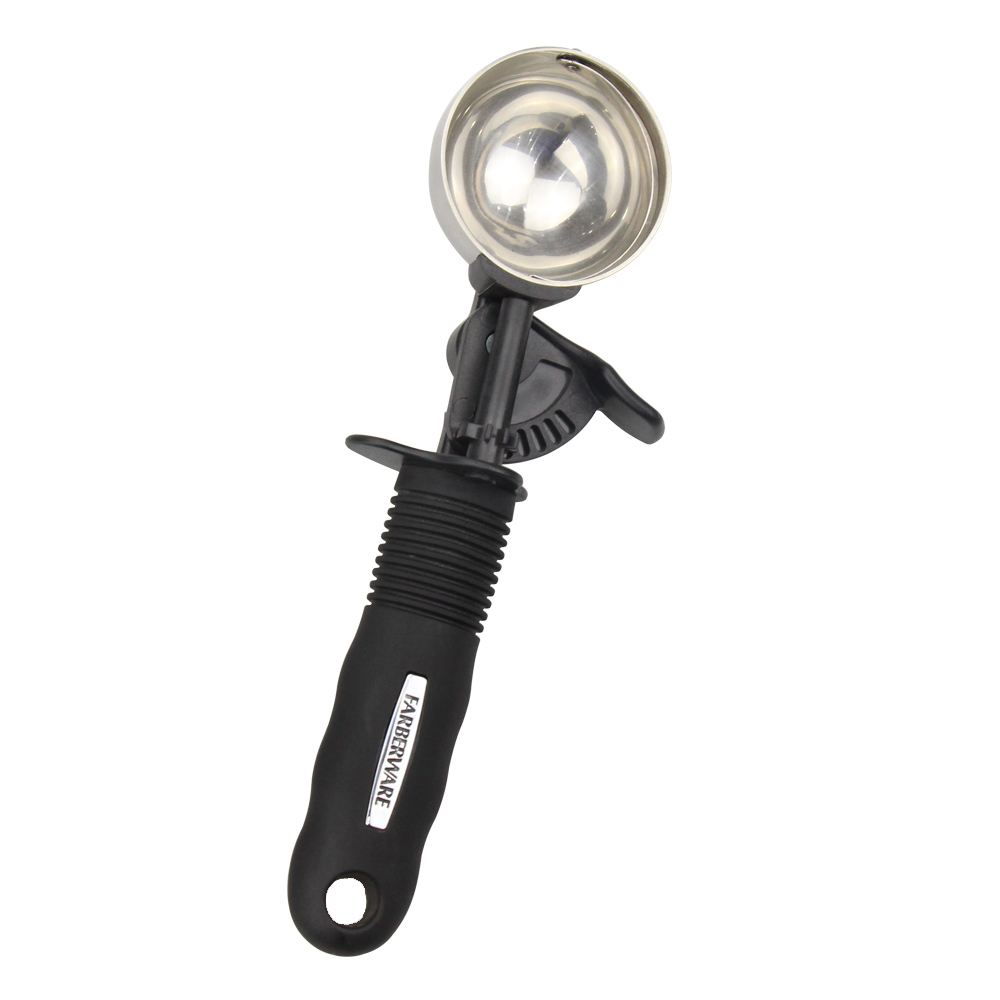
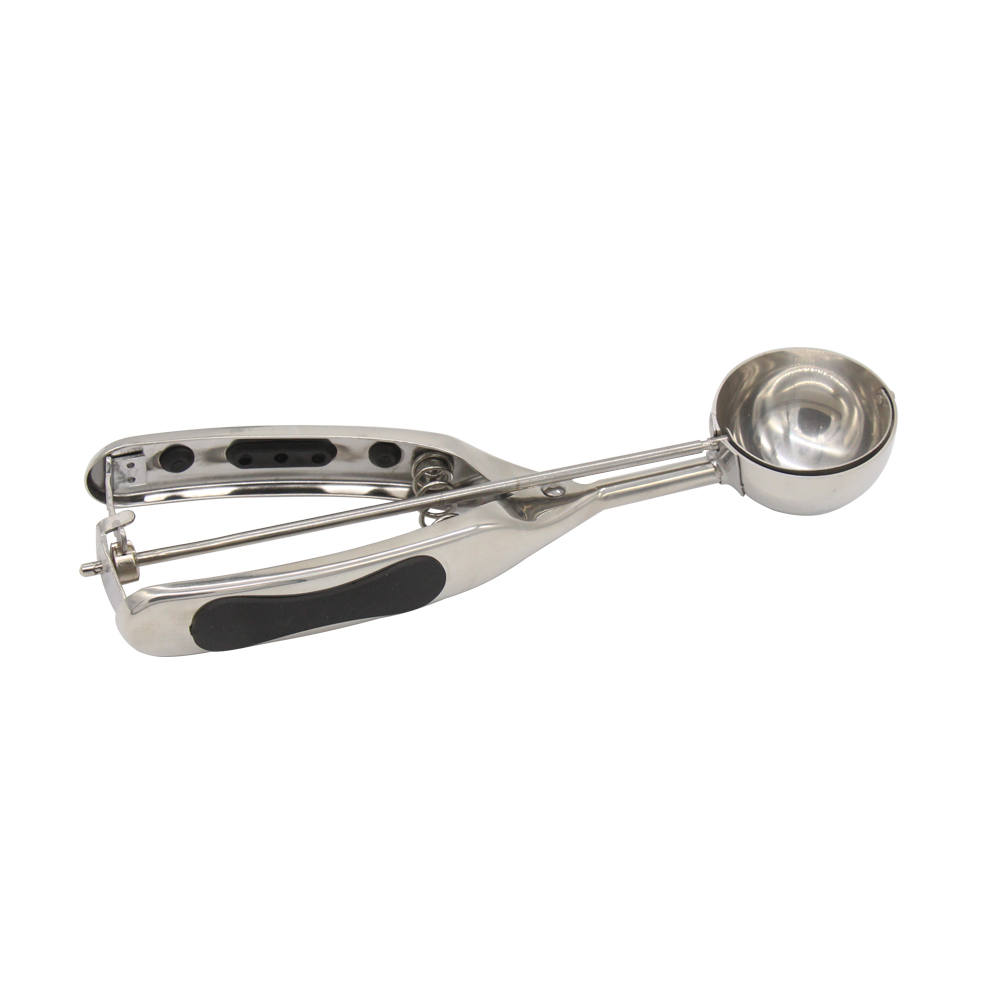
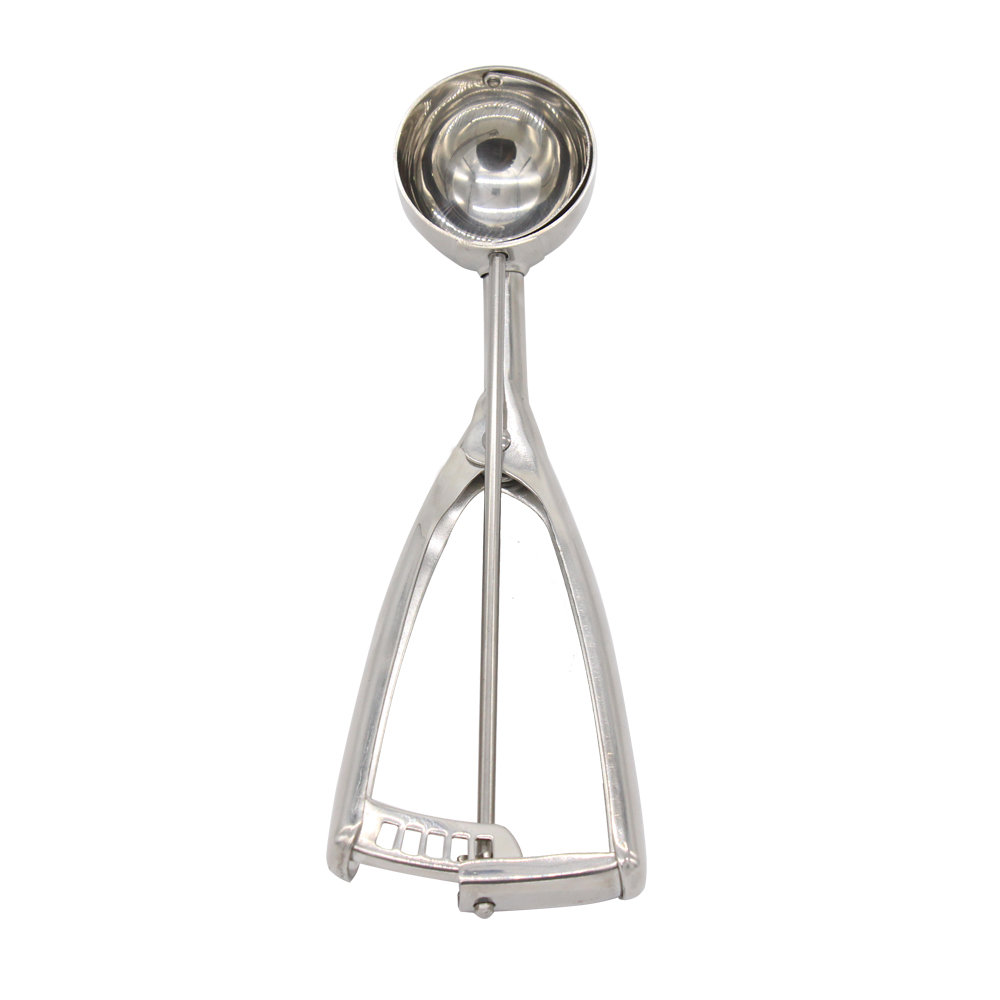
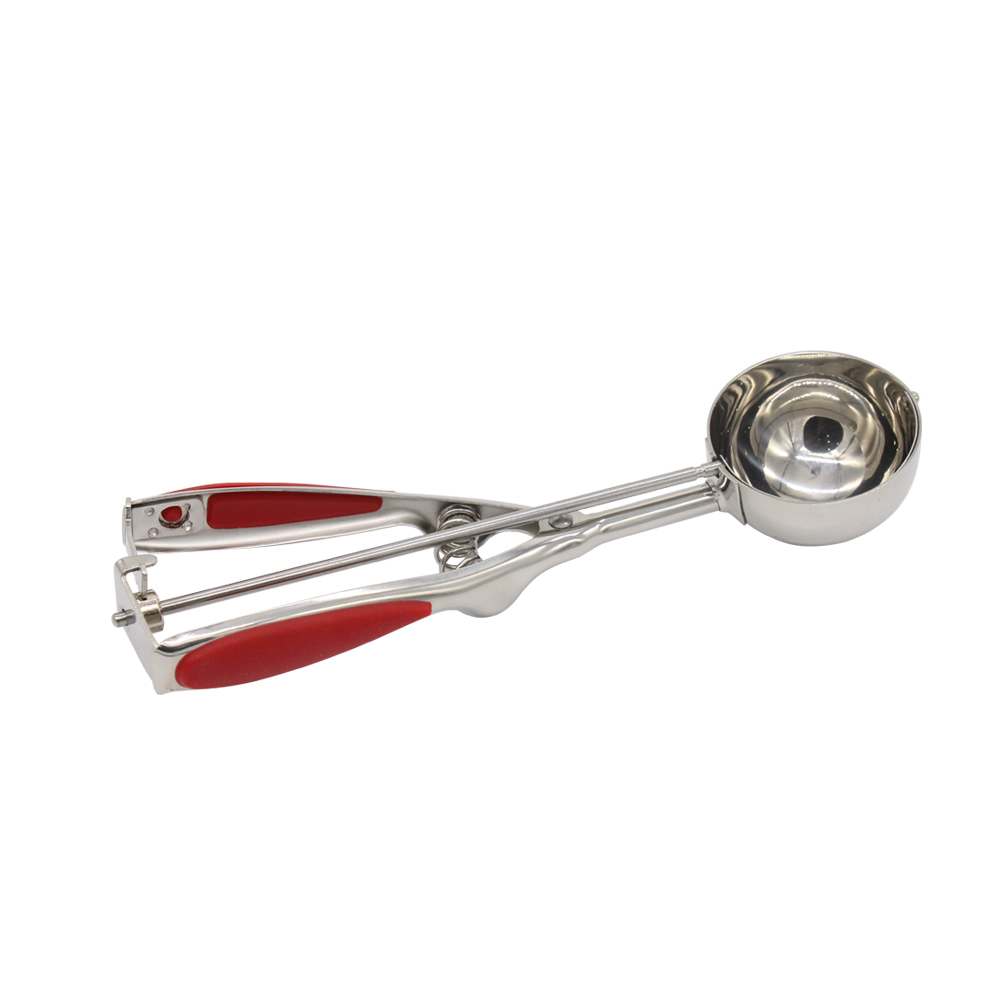

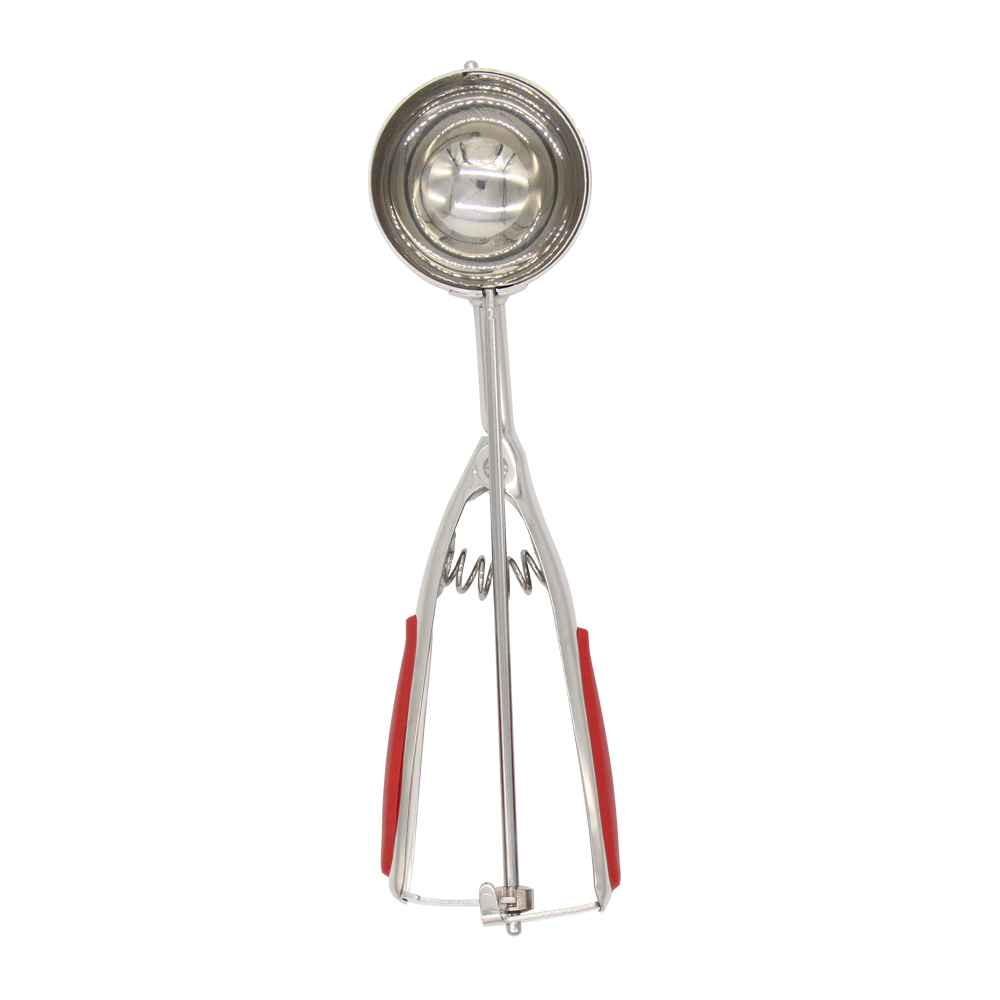
Ice Cream Scraper
YANGJIANG TOALLWIN TRADING CO., LTD , http://www.kitchenknife.de